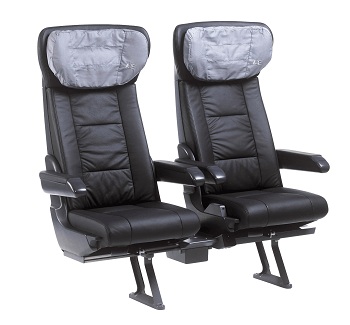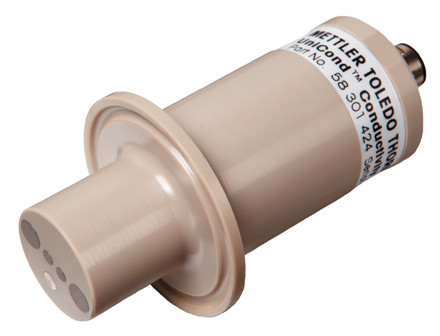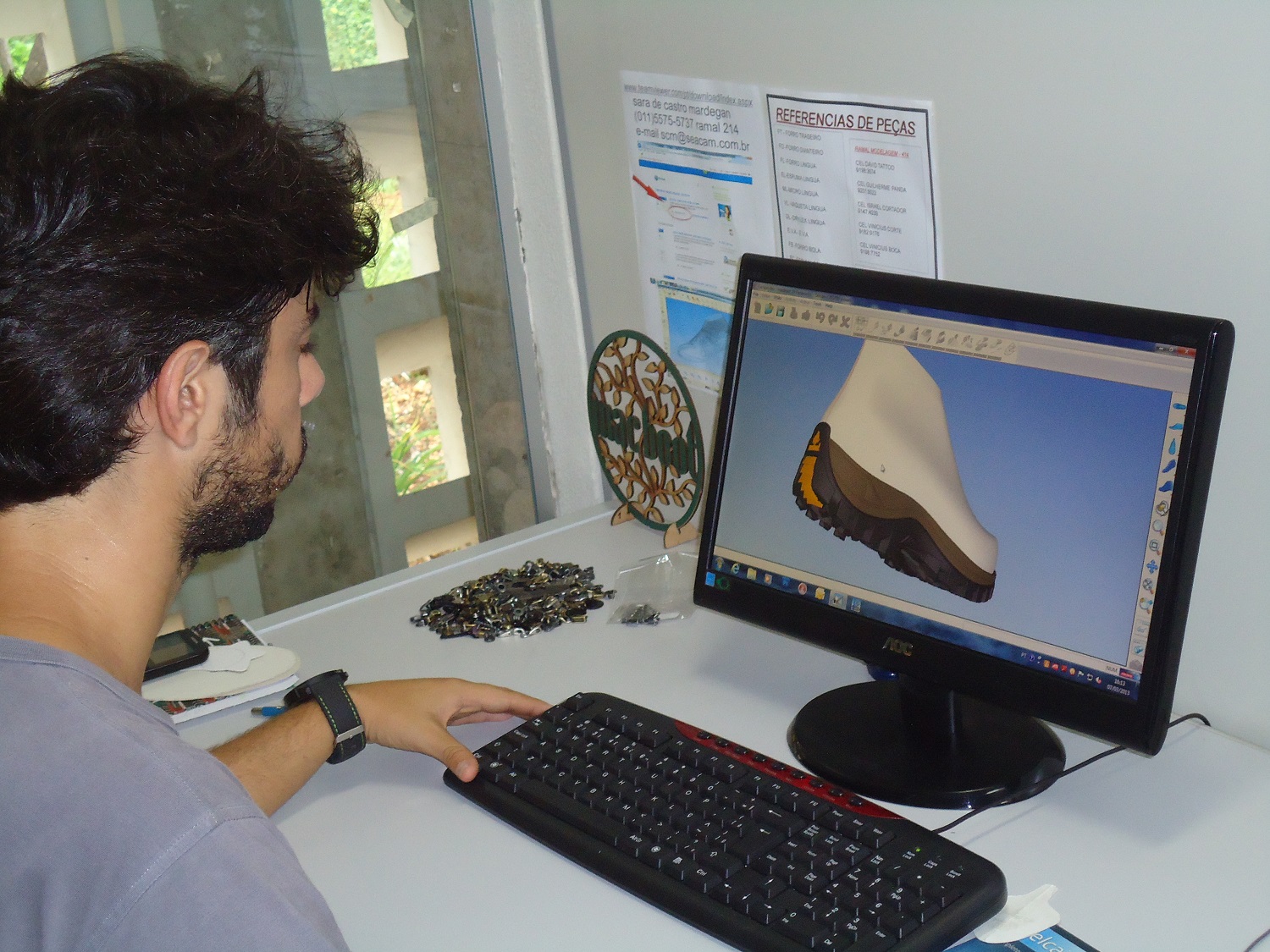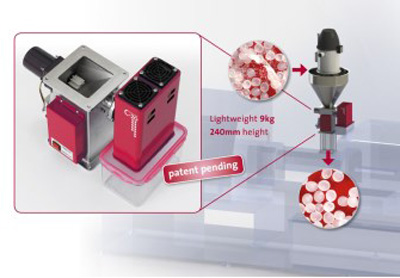A new Lexan FST3403 (flame-smoke-toxicity) polycarbonate (PC) copolymer from SABIC’s Innovative Plastics business (Pittsfield, MA) is said to be first thermoplastic solution for rail seating applications to meet the strictest fire safety requirements under the CEN/TS 45445 standard.

Now commercial a full two years before this European standard goes into effect, Lexan FST3403 copolymer – developed specifically for seat back shells and side covers – achieved the highest possible hazard level rating (HL3) under CEN/TS 45445-2 R5. In addition to its exceptional heat release, smoke density and toxicity performance, documented by independent laboratory testing, the Lexan FST copolymer delivers high flow properties for injection molding large parts with excellent aesthetics and impact strength.
The first company to use the new material is Grammer Railway Interior GmbH (Amberg, Germany), who was able to use its existing tooling, thus avoiding significant capital costs. “Developing our new first-class seating posed multiple challenges,” said Lothar Winhard, General Managing Director, Grammer Railway Interior GmbH. “With our proactive approach in meeting the new fire-safety standard we also had to predict what our customers’ needs would be when the standard goes into effect.
This then raised concerns that we might have to invest significantly to reconfigure our injection molding machinery and change our design. But SABIC worked with us at every step, ultimately developing the Lexan FST resin as a drop-in material solution that could meet future customer demand, enhance our seating design and help us achieve our pre-standard goal.”
“SABIC’s proactive focus on developing advanced materials technology for rail industry customers will give them a significant head start in developing compliant seating components for a first-to-market competitive advantage,” said Ilknur Gur, general manager, Specialty Business in Europe, Innovative Plastics. “Our new Lexan FST3403 copolymer enables customers to continue using thermoplastics in their seat back shells and side covers instead of having to revert to traditional metal or thermosets that can inhibit design flexibility and potentially add weight and costs from secondary operations. This industry-leading technology greatly simplifies and accelerates compliance with the new European standard.”
Lexan FST3403 copolymer was tested by the Currenta Institute in Germany according to the requirements of CEN/TS 45445-2 R5 for seat back shells and side covers. This independent facility certified that Lexan FST3403 copolymer complies with the requirements of HL3, the most challenging hazard level to achieve. Currenta tested the material for heat release under ISO 5660-1 and for smoke density and toxicity under ISO 5659-2.
The material also provides high flow capabilities that enable large parts, such as seat back shells, to be injection molded without marks, texture defaults, flow lines and other surface defects. It can also be molded in tooling that is typically used for PC/acrylonitrile butadiene styrene (ABS) materials. Another aesthetic benefit of Lexan FST3403 copolymer is its ability to be custom colored, which avoids the need for secondary painting.
Lexan FST3403 copolymer is also said to provide sufficient impact performance and chemical resistance that are hallmarks of Lexan PC resin. These properties help protect railcar, bus and tram seating from wear and tear. [email protected]






